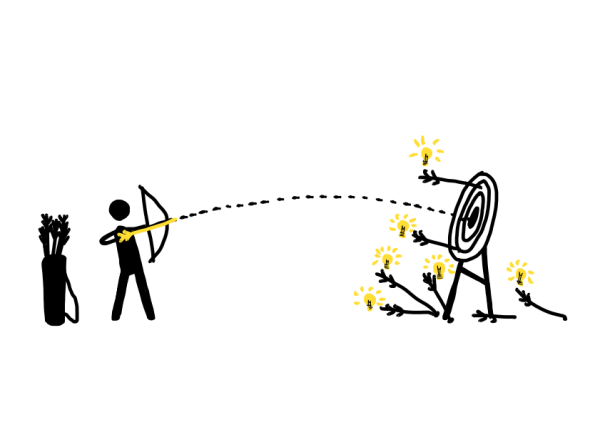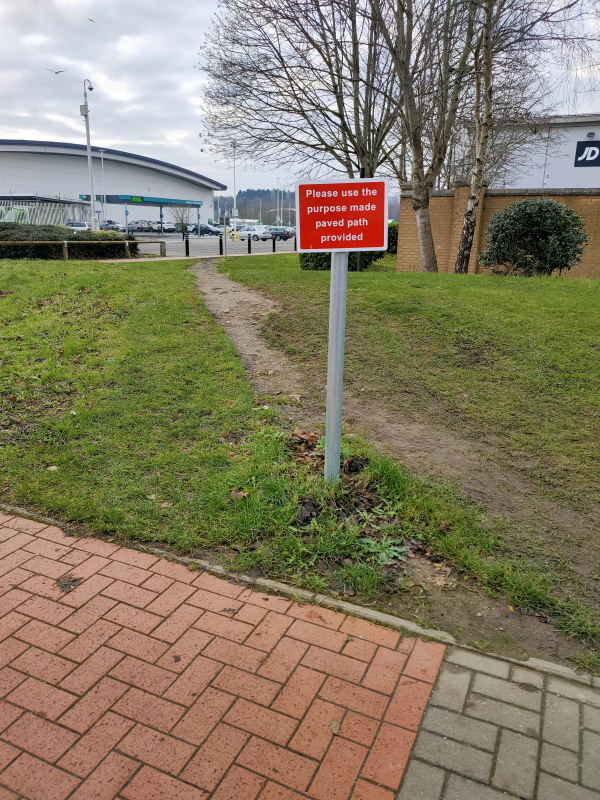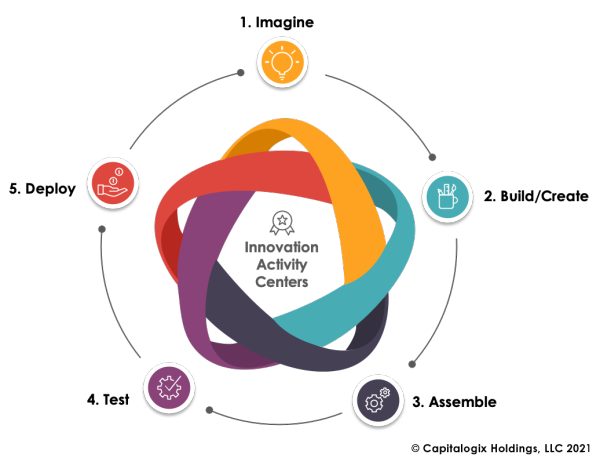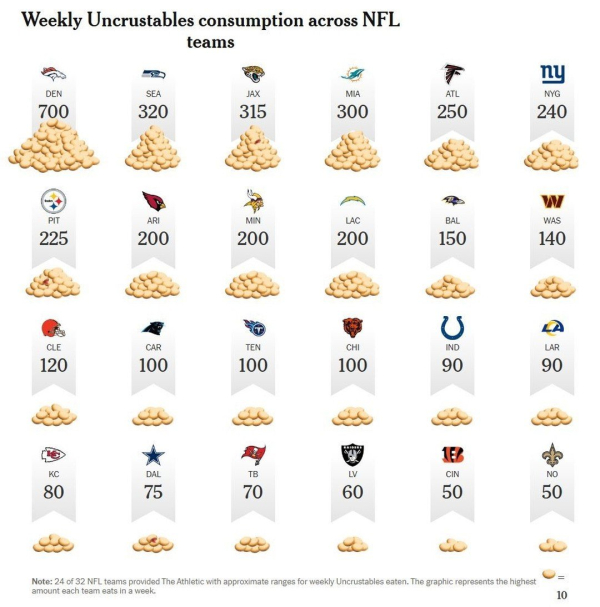This article was created using a unique process compared to our usual approach. To test ChatGPT’s Advanced Voice capabilities, I decided to talk with it while walking around my neighborhood. I wanted to explore if it could help me be productive while getting fresh air and exercise.

What follows is the transcript, with only some light editing and formatting to better provide insight into the process and its outputs.
The embedded mini-article that ChatGPT produced isn’t the main takeaway here. What interests me is the quality of the article, considering how little effort went into creating it. It was so painless and quick that I found myself contemplating how easily I could use this process for other types of productive output. In fact, that concept is a key focus of the mini-article below.
That said, this is just a snapshot of AI’s current capabilities. If I were to repeat this experiment in six months or a year, I’m confident the results would be even more impressive. I'm also confident that if I'd asked it to flesh out the article, I would have been more impressed as well.
I’d probably consider this article “good enough” if I weren’t someone who takes pride in my writing and thinking. Nonetheless, I believe it’s a solid starting point. For the record, my son (who helps write these weekly commentaries) disagrees. He liked our article and its premise – but "hated" what ChatGPT produced.
Sure, some additional work and deeper reflection could make it meaningfully better … but it’s impressive how quickly and easily we came up with something valuable (that could become even more valuable with a little extra effort).
In conclusion, these content creation capabilities represent a key shift: the content bar will rise, and the minimum standard for what’s acceptable will get higher. But as the bar for “acceptable” rises, I think fewer people will strive for greatness. That’s where you can extend your edge … if you’re willing to do the extra work.
Here is the Chat.
“Hello.”
00:00
Hey there! How’s it going?
“Going pretty well. Today, I want to work on a blog post.”
00:06
That sounds great! What topic are you thinking about for your blog post?
“How voice agents like you can help to create articles in a new way.”
00:07
That’s a fascinating topic! Exploring how voice agents can revolutionize content creation could really capture readers’ imaginations. You could delve into how it streamlines the writing process, adds a conversational tone, and even opens up new possibilities for interactive or personalized content. What angle are you thinking of taking?
“Everything you just said, but I also want to add a piece on instant feedback.”
00:01
Fantastic! So, you could structure the blog post around how voice agents enhance the writing process by making brainstorming more dynamic, offering immediate feedback, and allowing for a more fluid, conversational tone. Is there anything else you want to explore in the post?
“An example where I’m walking around the neighborhood, but instead of simply walking, I talk to the AI agent and have it even ask me questions.”
00:16
So, while strolling through the neighborhood, you engage in a productive dialogue with the AI agent instead of just walking. It can prompt you with questions …
“And help me consider and refine the post; yes.”
00:020
So, while strolling through the neighborhood, instead of just walking, you engage in a productive dialogue with the AI agent. It can prompt you with questions, helping you refine your ideas and shape your article, all while you’re getting some fresh air and exercise. It’s a great way to maximize productivity in otherwise idle moments. Want to include anything else?
“Yes, a couple of other examples and challenges for the reader to think about other uses of this technology that open up AI and exponential progress in ways that they haven’t thought of before.”
00:21
Great idea! You could include examples like using voice agents for language learning, where they act as conversation partners, or for project management, where they help organize tasks and deadlines through natural conversation. For challenges, invite readers to think about how voice agents might transform areas like mental health support, creative collaborations, or even scientific research. This approach could really spark some innovative thinking!
“Great. Please come up with a detailed outline for what you’re thinking.”
00:08
- Introduction
- Brief overview of how voice agents are changing content creation.
- Mention of the growing role of AI in everyday life.
- Voice Agents: A New Way to Write
- How voice agents can turn walking time into productive writing sessions.
- The ease of having a conversation with an AI to generate content.
- Benefits of Voice Agents in Content Creation
- Brainstorming: How voice agents can help generate ideas.
- Instant Feedback: Getting immediate responses to refine ideas.
- Conversational Tone: How speaking thoughts out loud can create a more natural writing flow.
- Examples of Voice Agent Applications
- Language Learning: Acting as a conversation partner.
- Project Management: Organizing tasks through dialogue.
- Mindfulness and Mental Health Support: Providing an outlet for expression and guidance.
- Creative Collaborations: Assisting in the co-creation of stories or projects.
- Challenges for the Reader
- Encourage readers to think of other areas where voice agents could be transformative.
- Provoke thought on the broader implications of AI in accelerating exponential progress.
- Conclusion
- Summarize the key points discussed.
“Okay, please write that blog post for an executive or entrepreneur audience, making it simple, engaging, and relevant to their interests.”
00:15
…Got it. Here’s the blog post:
Unlocking the Power of Voice Agents: A New Frontier in Content Creation
In today’s fast-paced world, efficiency and innovation are essential, especially for executives and entrepreneurs. One of the most exciting developments in this arena is the rise of voice agents — AI-powered assistants that are transforming how we create content. Imagine turning a simple walk around the neighborhood into a dynamic brainstorming session or a full-fledged article creation process. Let’s explore how voice agents can open up new horizons for you.
 This image was created using X’s Grok AI to pair with this article.
This image was created using X’s Grok AI to pair with this article.
Voice Agents: A New Way to Write
Picture this: you’re out for your morning walk, and instead of just enjoying the scenery, you’re also creating content. With a voice agent, you can do just that. Engage in a conversation with your AI assistant, and the spoken ideas seamlessly transform into written words.
Benefits of Voice Agents in Content Creation
Voice agents excel at helping you brainstorm. Throw ideas at them, and they’ll help you explore different angles, often sparking new thoughts in the process.
Gone are the days of waiting for feedback. With a voice agent, you get instant responses. As you articulate your thoughts, the AI provides real-time feedback, helping you refine your ideas on the fly. It’s like having an editor by your side, 24/7.
Speaking your thoughts can lead to a more natural, conversational tone in your writing. This style is increasingly popular, as it engages readers and makes complex topics more accessible.
Examples of Voice Agent Applications
Voice agents can act as conversation partners, helping you practice new languages in a low-pressure environment. They can introduce vocabulary, correct pronunciation, and even engage in dialogue, making language learning more interactive and fun.
Organizing tasks and deadlines through natural conversation is another strength of voice agents. Discuss your project needs, and let the AI help you prioritize tasks, set reminders, and keep you on track.
- Mindfulness and Mental Health Support
Voice agents can offer a safe space for expression and reflection. They can guide you through mindfulness exercises, provide mood trackers, or simply lend an empathetic ear, offering support whenever you need it.
Imagine co-writing a story or developing a project with your AI assistant. Voice agents can contribute ideas, help you overcome creative blocks, and add a new dimension to collaborative efforts.
Some Challenges to Consider
As you consider these applications, think about other areas where voice agents could revolutionize your work or personal life. Could they streamline your decision-making processes? Might they open up new avenues for customer engagement? The potential is vast, limited only by our imagination.
Conclusion
Voice agents are changing how we create content, offering benefits beyond simple convenience. From brainstorming to project management, and from language learning to mental health support, the possibilities are endless. As we continue to integrate AI into our daily lives, voice agents will evolve into increasingly powerful tools for innovation and growth. So, the next time you head out for a walk, consider inviting your AI assistant along — you might just discover your next big idea.
“Okay, thanks.”
00:01
You’re welcome! If you need any more help, just let me know.
I’d love your feedback on this … and I’m curious to learn how you’re using AI or want to use AI.
As I’ve said before – we live in interesting times.
Onwards!




 Reddit via
Reddit via 



 This image was created using
This image was created using